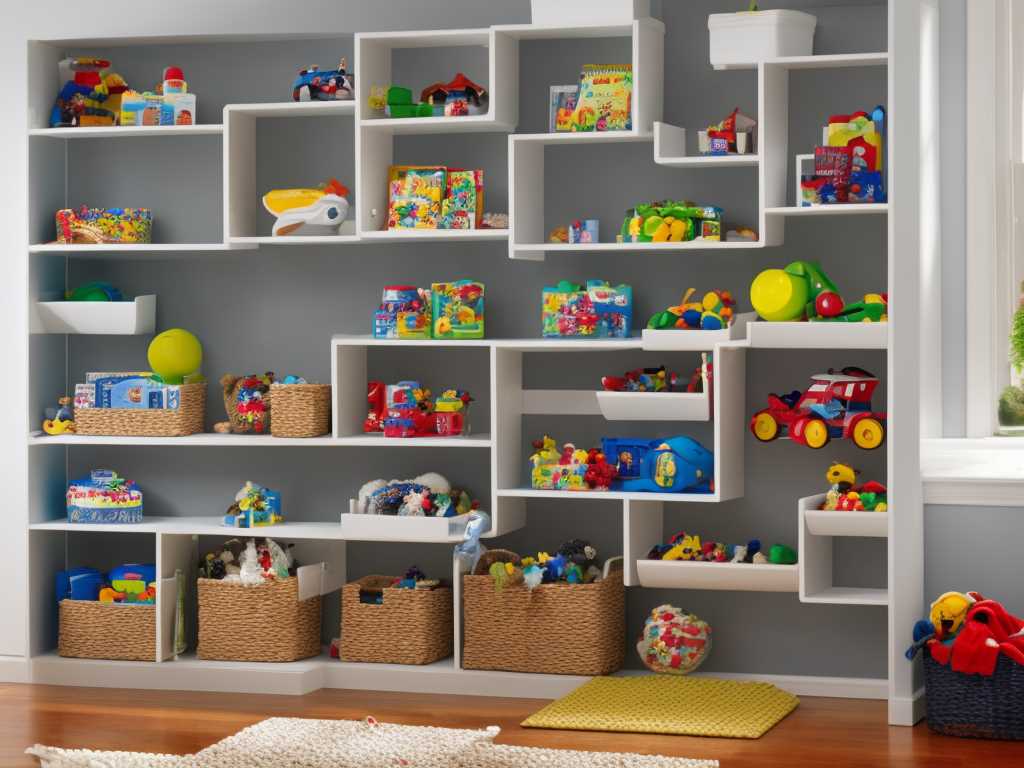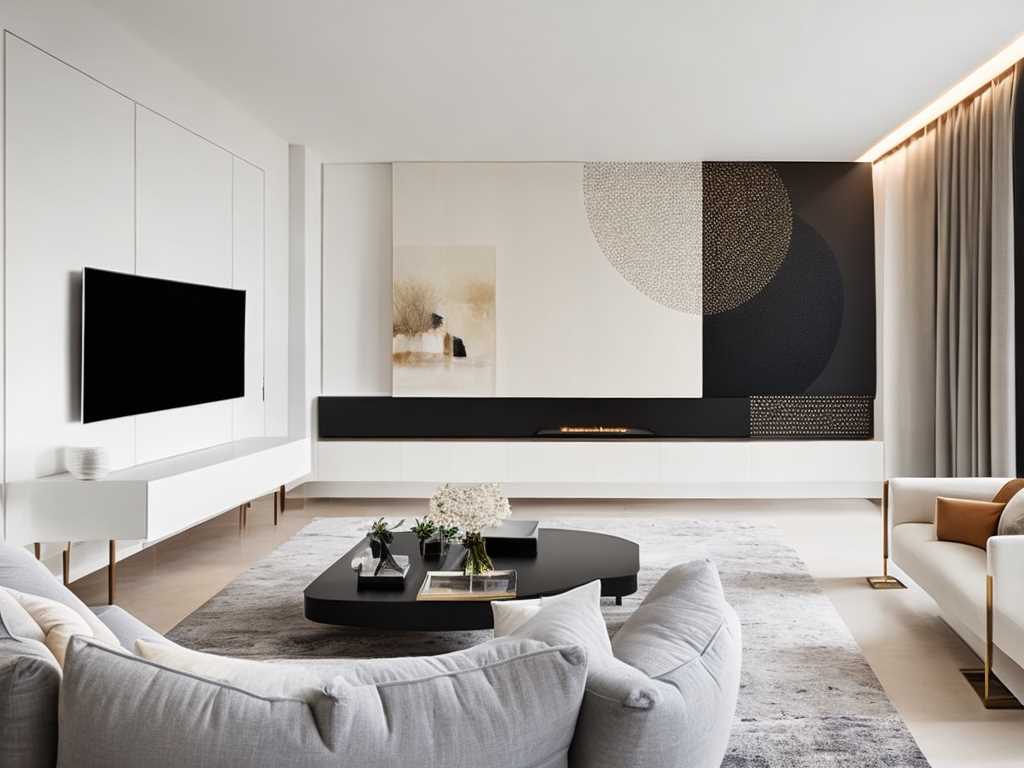
Arranging furniture in a rectangular living room can be a tricky task. If not planned and executed properly, it can result in a cluttered and uninviting space. However, with some thoughtful planning and creativity, you can transform your rectangular living room into a beautiful and functional space that meets your needs and style. In this article, we will take a look at some practical tips and guidelines on how to arrange furniture in a rectangular living room.
1. Measure your living room
The first step in arranging furniture in a rectangular living room is to measure the space accurately. Take measurements of the length and width of the room, as well as the height of the walls and any architectural features such as windows or doors. With these measurements, you can create a floor plan that will help you visualize how the furniture will fit in the space.
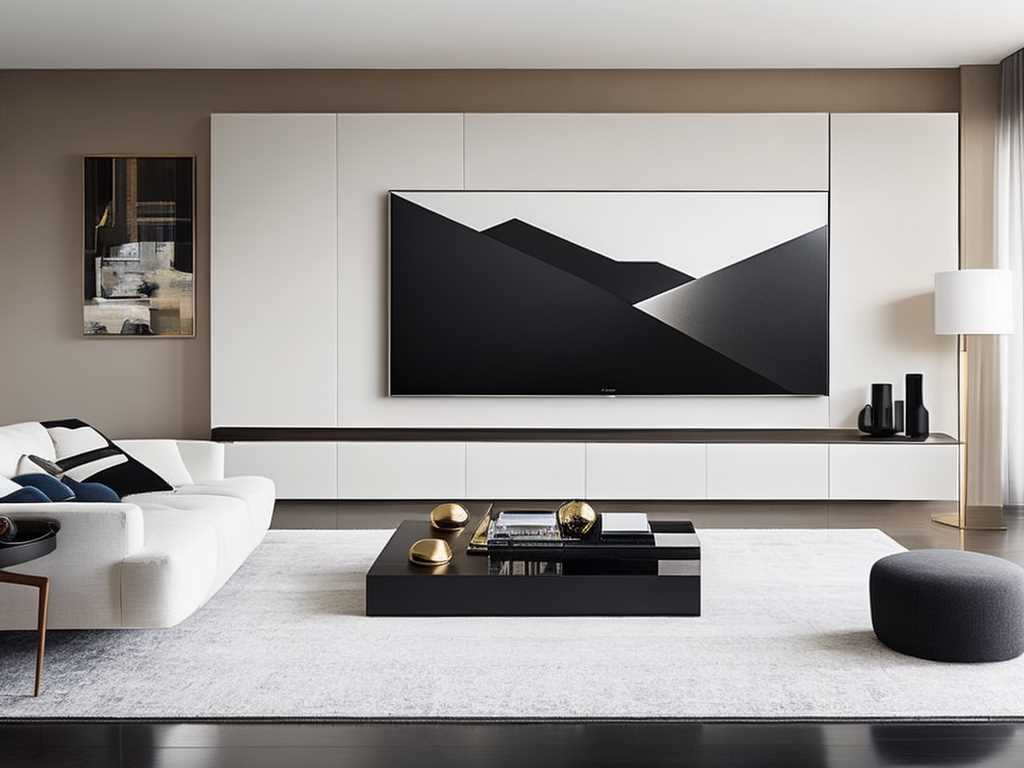
2. Determine the focal point
The focal point of a living room is the main feature that draws the eye when you enter the room. It could be a fireplace, a large window, or even a piece of artwork. Once you have identified the focal point of your living room, you can arrange the furniture around it. This will create a sense of balance and harmony in the space.
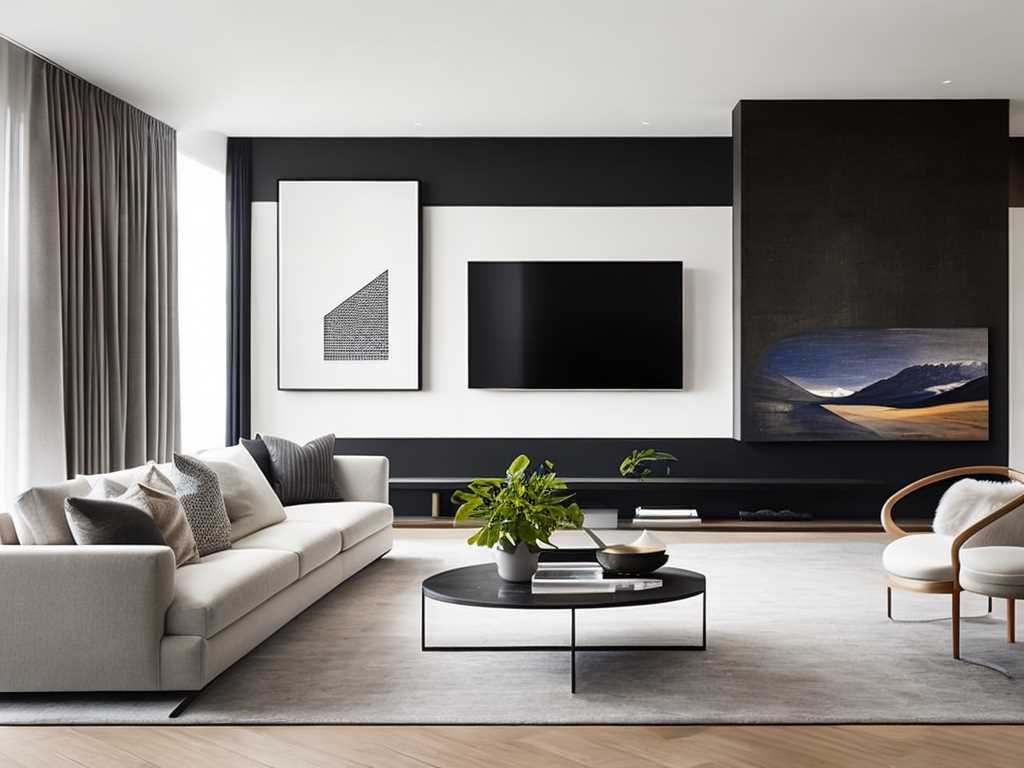
3. Create zones
A rectangular living room can be divided into different zones, each with its own function. For example, you might have a seating zone for watching TV, a reading nook, and a dining area. By dividing the space into zones, you can create a sense of flow and organization.

4. Choose the right furniture
When it comes to selecting furniture for a rectangular living room, you want to choose pieces that are proportional to the space. Large, overstuffed sofas and armchairs can overwhelm a small living room, while small-scale furniture can get lost in a large space. Choose furniture that fits comfortably in the room but doesn’t take up too much space.
5. Consider the traffic flow
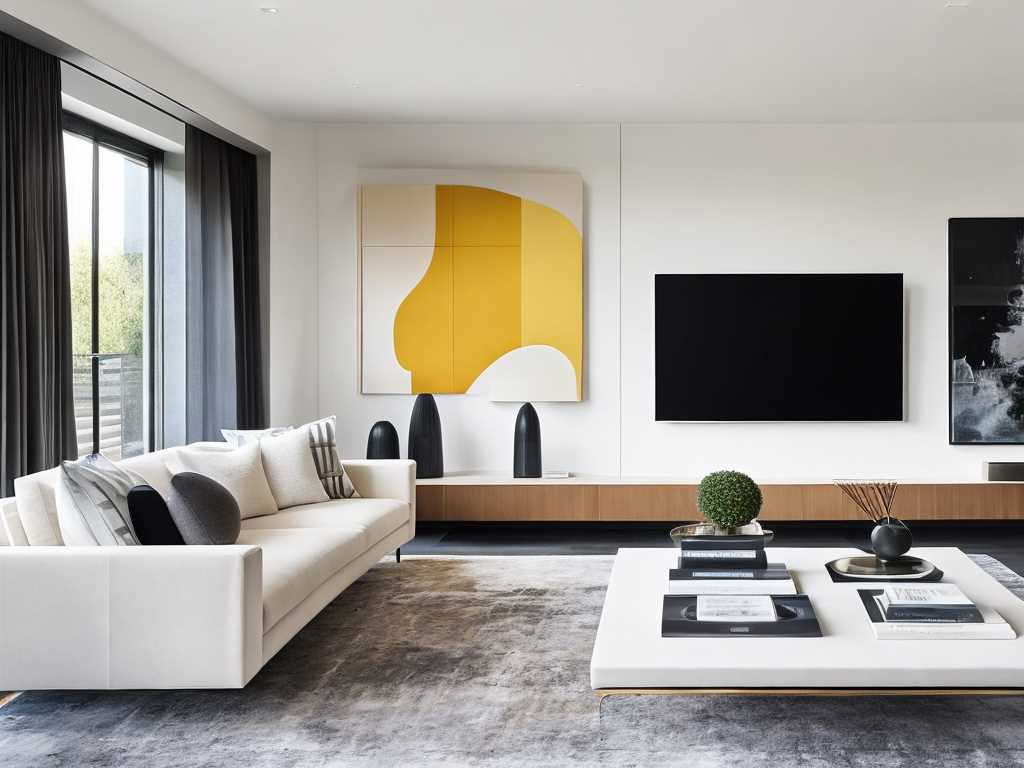
Another important factor to consider when arranging furniture in a rectangular living room is the traffic flow. You want to make sure that there is enough space for people to walk around the furniture without bumping into anything. The best way to do this is to create a clear path from one end of the room to the other.

6. Arrange the furniture
Once you have chosen the right furniture and created zones, it’s time to arrange the furniture. Start by placing the largest piece of furniture, such as the sofa, against one wall. This will anchor the room and create a sense of space. If your living room has a fireplace or large window, consider placing the sofa opposite it to create a cozy seating area.
Next, add chairs and other seating options around the sofa, creating a conversation area. If you have a large living room, consider dividing it into two seating areas, one for watching TV and one for conversation.
When arranging the furniture, make sure there is enough space for people to move around the room without feeling cramped. Leave enough space between the furniture and the walls to create a sense of airiness.

7. Add accessories
Add accessories to the room to bring it to life. This could include throw pillows, rugs, artwork, and lighting. Accessories can add color and texture to the room, making it feel more welcoming and inviting.
Arranging furniture in a rectangular living room requires some thought and planning. By measuring the space, determining the focal point, creating zones, choosing the right furniture, considering traffic flow, and arranging the furniture, you can create a beautiful and functional space that meets your needs and style. Don’t forget to add accessories to bring the room to life and make it feel like home.

